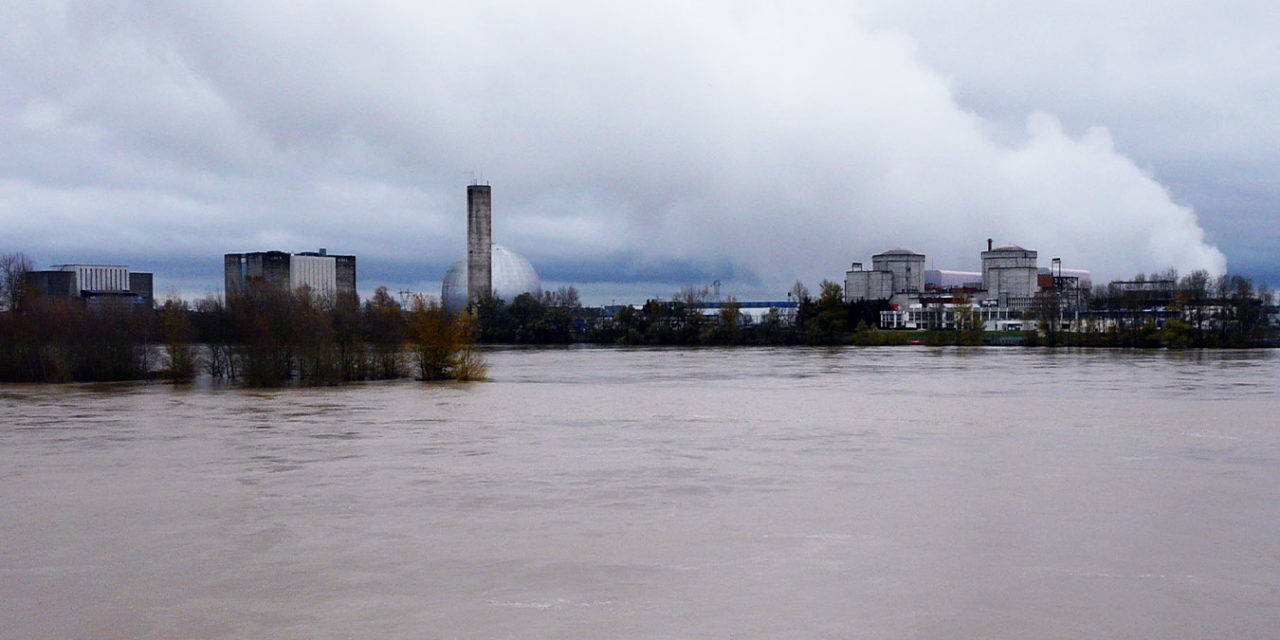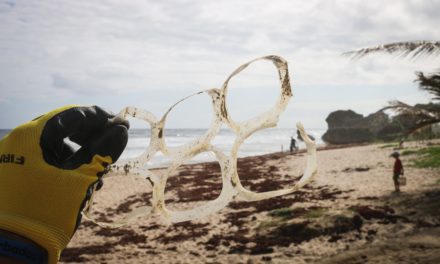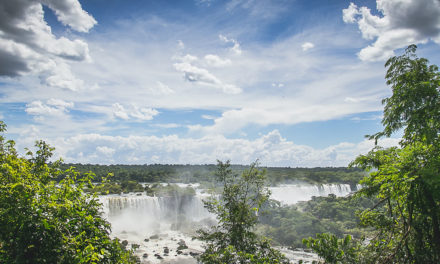A report released this week has revealed that for the second summer in a row several nuclear power stations in Europe were forced to shut down or reduce their power output because of the extreme heat wave to hit the continent.
The report, which was released by Energy for Humanity, and has been seen by Belong, found that some nuclear power plants in Europe had to stop producing electricity during the last heatwaves of 2019, 2018, 2006 and 2003.
Normally nuclear power stations operate at a high capacity factor. This means that nuclear power plants are designed to produce electricity at their maximum possible output wherever possible.
While operating at full capacity is not always possible, due to planned maintenance shutdowns or refuelling, nuclear power stations have a capacity or availability factor of around 90%.
Extreme heatwaves, of the kind witnessed in Europe this summer, reduce the availability of all types of electricity production. All thermal power plants, including nuclear, operate at reduced thermal efficiency as the air and water they use for cooling heats up.
During a heat wave nuclear plants are often run at reduced power or shutdown. According to the report 5% of European nuclear capacity has been lost during the recent heatwaves.
However, a reduction in the power output at nuclear power stations is not because of safety considerations but because many nuclear plants are situated on rivers and there are environmental limitations of the temperature at which cooling water, which is used to cool reactors and is taken from the river can be returned to the same river afterwards.
The situation is most pronounced in France, which produced over 75% of its electricity from nuclear power and which has many nuclear power stations located on inland rivers, such as the Rhone and the Loire.
“Curtailment of nuclear power due to periods of extreme heat has had the effect of reducing European nuclear power output by approximately 0.1% since the year 2000. For France specifically with its many inland river sited plants has been the worst hit country, the corresponding figure is approximately 0.15%,” the report states.
Technical Fixes are Available
With climate change due to cause more extreme weather events and heatwaves, nuclear power stations can modify their cooling systems to make sure they can keep operating even in the hottest summers.
As a result of the shutdown of parts of the French nuclear fleet due to heatwaves in 2003 and 2006, Electricity de France (EDF) launched the so-called Grand Chauds project which will adapt nuclear power stations reliant on river water for cooling to be able to use water at higher temperatures.
During the most extreme heat wave to date in August 2003, the Loire River which cools the Chinon nuclear power station near Tours saw water temperatures of 32.4C. Chinon will now be adapted so that it can operate with water temperatures in the Loire of up to 37C.
Adding recirculating wet cooling towers to a nuclear power station situated by a river will allow for a reduction of 95% of the amount of water taken out of the river itself. Many of the older French nuclear plants use open loop cooling, whereby the water is put straight back into the river.
Nuclear power stations on deep lakes or by the sea, which is most of them in Europe and all in the UK could extend their cooling pipes down to deeper, cooler waters rather than taking water near the surface.
- Why is California So at Risk from Wildfires? - 13th November 2019
- Carbon Offsetting is Growing but Does it Make a Difference? - 11th November 2019
- Three Confirmed Dead as Australia Prepares for “Catastrophic” Bushfires - 11th November 2019






